
Devenez membre d'Incathlab et bénéficiez d'un accès complet !
Inscription Connexion
KEEP ASKING YOUR QUESTIONS TO YOUR EXPERTS!
Use the Comments Section below the video and speakers will answer you in follow.
Interventional Cardiologists today are faced with an ever increasing set of complex patients to manage. This evolution is requiring new technologies and techniques to deal with this ever increasing complexity.
As patients become more complex, better technologies and techniques are required for improved acute performance and for improved safety and early healing.
In this live case session, you will learn more about Rotational Atherectomy System for plaque modification in complex patients with heavily calcified lesions, with a step-by-step procedure :
From setting up the system to practical procedural recommendations
Program (GMT)
| 12:00 | Setting up the Rotablator system |
| Procedural recommendations, utility and results of rotational atherectromy | |
| Clinical case presentation | |
| Live case | |
| 13:30 | Q&A session and take home messages |
Educational Objectives
- Improve rotablation understanding and hands-on skills for cath lab staff and 2nd operators
- Step-by-step procedure for setting up Rotablator system
- Discuss the pre-procedural and procedural recommendations
- To increase confidence in rotablation for plaque modification
- Compare techniques and approach strategies of different experts
Audience
The target audience is mainly cath lab staff focusing in : physicians, nurses and technicians interested in, new to or starting off Rotablation.
A prerequisite for attendees is an initial knowledge of angioplasty.
This Web symposium will also be a good tool for junior interventional cardiologists and trainees with limited knowledge on Plaque modification techniques.
Dernière mise à jour : 19/01/2022
Focus on Rotablation
Learn more about Rotational Atherectomy System for plaque modification in complex patients with heavily calcified lesions.
Participer à la discussion
Suggestions
San Francisco : Jeudi 13 janvier 2022 de 07h à 08h (GMT+1)
New York : Jeudi 13 janvier 2022 de 10h à 11h (GMT+1)
Buenos Aires : Jeudi 13 janvier 2022 de 12h à 13h (GMT+1)
London / Dublin : Jeudi 13 janvier 2022 de 15h à 16h (GMT+1)
Paris / Berlin : Jeudi 13 janvier 2022 de 16h à 17h (GMT+1)
Istanbul : Jeudi 13 janvier 2022 de 17h à 18h (GMT+1)
Moscou / Dubaï : Jeudi 13 janvier 2022 de 19h à 20h (GMT+1)
Bangkok : Jeudi 13 janvier 2022 de 22h à 23h (GMT+1)
Shanghai : Jeudi 13 janvier 2022 de 23h à 00h (GMT+1)
Tokyo : Vendredi 14 janvier 2022 de 00h à 01h (GMT+1)
Sydney : Vendredi 14 janvier 2022 de 01h à 02h (GMT+1)
Wellington : Vendredi 14 janvier 2022 de 03h à 04h (GMT+1)
Drug Coated Balloons - Complex Coronary Cases & long term follow up
San Francisco : Mercredi 5 juillet 2023 de 09h à 10h (GMT+2)
New York : Mercredi 5 juillet 2023 de 12h à 13h (GMT+2)
Buenos Aires : Mercredi 5 juillet 2023 de 13h à 14h (GMT+2)
Reykjavik : Mercredi 5 juillet 2023 de 16h à 17h (GMT+2)
London / Dublin : Mercredi 5 juillet 2023 de 17h à 18h (GMT+2)
Paris / Berlin : Mercredi 5 juillet 2023 de 18h à 19h (GMT+2)
Istanbul : Mercredi 5 juillet 2023 de 19h à 20h (GMT+2)
Moscou / Dubaï : Mercredi 5 juillet 2023 de 20h à 21h (GMT+2)
Bangkok : Mercredi 5 juillet 2023 de 23h à 00h (GMT+2)
Shanghai : Jeudi 6 juillet 2023 de 00h à 01h (GMT+2)
Tokyo : Jeudi 6 juillet 2023 de 01h à 02h (GMT+2)
Sydney : Jeudi 6 juillet 2023 de 03h à 04h (GMT+2)
Wellington : Jeudi 6 juillet 2023 de 05h à 06h (GMT+2)
Left Main and Bifurcation treatment:
impact of clinical trials in daily practice
San Francisco : Mardi 29 mars 2022 de 09h à 10h (GMT+2)
New York : Mardi 29 mars 2022 de 12h à 13h (GMT+2)
Buenos Aires : Mardi 29 mars 2022 de 13h à 14h (GMT+2)
Reykjavik : Mardi 29 mars 2022 de 16h à 17h (GMT+2)
London / Dublin : Mardi 29 mars 2022 de 17h à 18h (GMT+2)
Paris / Berlin : Mardi 29 mars 2022 de 18h à 19h (GMT+2)
Istanbul : Mardi 29 mars 2022 de 19h à 20h (GMT+2)
Moscou / Dubaï : Mardi 29 mars 2022 de 20h à 21h (GMT+2)
Bangkok : Mardi 29 mars 2022 de 23h à 00h (GMT+2)
Shanghai : Mercredi 30 mars 2022 de 00h à 01h (GMT+2)
Tokyo : Mercredi 30 mars 2022 de 01h à 02h (GMT+2)
Sydney : Mercredi 30 mars 2022 de 03h à 04h (GMT+2)
Wellington : Mercredi 30 mars 2022 de 05h à 06h (GMT+2)
The Role of Mechanical Circulatory Support in Complex VT Cases
San Francisco : Mardi 12 juillet 2022 de 09h à 10h30 (GMT+2)
New York : Mardi 12 juillet 2022 de 12h à 13h30 (GMT+2)
Buenos Aires : Mardi 12 juillet 2022 de 13h à 14h30 (GMT+2)
Reykjavik : Mardi 12 juillet 2022 de 16h à 17h30 (GMT+2)
London / Dublin : Mardi 12 juillet 2022 de 17h à 18h30 (GMT+2)
Paris / Berlin : Mardi 12 juillet 2022 de 18h à 19h30 (GMT+2)
Istanbul : Mardi 12 juillet 2022 de 19h à 20h30 (GMT+2)
Moscou / Dubaï : Mardi 12 juillet 2022 de 20h à 21h30 (GMT+2)
Bangkok : Mardi 12 juillet 2022 de 23h à 00h30 (GMT+2)
Shanghai : Mercredi 13 juillet 2022 de 00h à 01h30 (GMT+2)
Tokyo : Mercredi 13 juillet 2022 de 01h à 02h30 (GMT+2)
Sydney : Mercredi 13 juillet 2022 de 03h à 04h30 (GMT+2)
Wellington : Mercredi 13 juillet 2022 de 05h à 06h30 (GMT+2)
Mechanical circulatory support with CP Axillary access and surgical 5.5
Impella Case Club
San Francisco : Lundi 26 septembre 2022 de 08h à 10h (GMT+2)
New York : Lundi 26 septembre 2022 de 11h à 13h (GMT+2)
Buenos Aires : Lundi 26 septembre 2022 de 12h à 14h (GMT+2)
Reykjavik : Lundi 26 septembre 2022 de 15h à 17h (GMT+2)
London / Dublin : Lundi 26 septembre 2022 de 16h à 18h (GMT+2)
Paris / Berlin : Lundi 26 septembre 2022 de 17h à 19h (GMT+2)
Istanbul : Lundi 26 septembre 2022 de 18h à 20h (GMT+2)
Moscou / Dubaï : Lundi 26 septembre 2022 de 19h à 21h (GMT+2)
Bangkok : Lundi 26 septembre 2022 de 22h à 00h (GMT+2)
Shanghai : Lundi 26 septembre 2022 de 23h à 01h (GMT+2)
Tokyo : Mardi 27 septembre 2022 de 00h à 02h (GMT+2)
Sydney : Mardi 27 septembre 2022 de 02h à 04h (GMT+2)
Wellington : Mardi 27 septembre 2022 de 04h à 06h (GMT+2)
30 Years of Transradial Access:
Pushing the boundaries in cardiology & beyond
San Francisco : Jeudi 22 septembre 2022 de 23h30 à 07h10 (GMT+2)
New York : Vendredi 23 septembre 2022 de 02h30 à 10h10 (GMT+2)
Buenos Aires : Vendredi 23 septembre 2022 de 03h30 à 11h10 (GMT+2)
Reykjavik : Vendredi 23 septembre 2022 de 06h30 à 14h10 (GMT+2)
London / Dublin : Vendredi 23 septembre 2022 de 07h30 à 15h10 (GMT+2)
Paris / Berlin : Vendredi 23 septembre 2022 de 08h30 à 16h10 (GMT+2)
Istanbul : Vendredi 23 septembre 2022 de 09h30 à 17h10 (GMT+2)
Moscou / Dubaï : Vendredi 23 septembre 2022 de 10h30 à 18h10 (GMT+2)
Bangkok : Vendredi 23 septembre 2022 de 13h30 à 21h10 (GMT+2)
Shanghai : Vendredi 23 septembre 2022 de 14h30 à 22h10 (GMT+2)
Tokyo : Vendredi 23 septembre 2022 de 15h30 à 23h10 (GMT+2)
Sydney : Vendredi 23 septembre 2022 de 17h30 à 01h10 (GMT+2)
Wellington : Vendredi 23 septembre 2022 de 19h30 à 03h10 (GMT+2)
Luzern Complex and Calcified PCI Workshop
miniLUCCA
San Francisco : Mardi 25 octobre 2022 de 09h à 10h15 (GMT+2)
New York : Mardi 25 octobre 2022 de 12h à 13h15 (GMT+2)
Buenos Aires : Mardi 25 octobre 2022 de 13h à 14h15 (GMT+2)
Reykjavik : Mardi 25 octobre 2022 de 16h à 17h15 (GMT+2)
London / Dublin : Mardi 25 octobre 2022 de 17h à 18h15 (GMT+2)
Paris / Berlin : Mardi 25 octobre 2022 de 18h à 19h15 (GMT+2)
Istanbul : Mardi 25 octobre 2022 de 19h à 20h15 (GMT+2)
Moscou / Dubaï : Mardi 25 octobre 2022 de 20h à 21h15 (GMT+2)
Bangkok : Mardi 25 octobre 2022 de 23h à 00h15 (GMT+2)
Shanghai : Mercredi 26 octobre 2022 de 00h à 01h15 (GMT+2)
Tokyo : Mercredi 26 octobre 2022 de 01h à 02h15 (GMT+2)
Sydney : Mercredi 26 octobre 2022 de 03h à 04h15 (GMT+2)
Wellington : Mercredi 26 octobre 2022 de 05h à 06h15 (GMT+2)

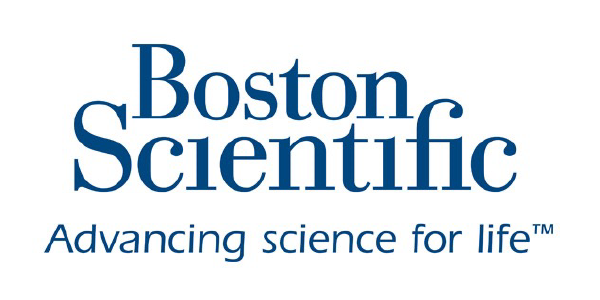
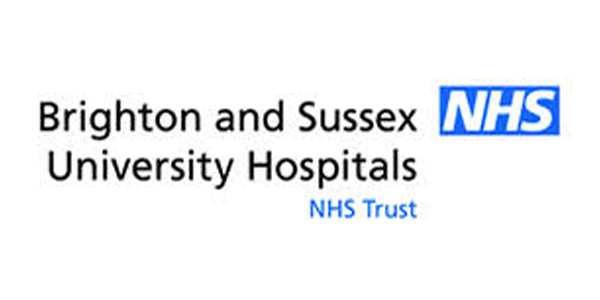

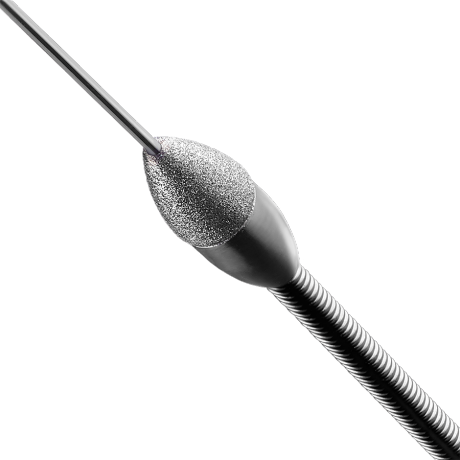
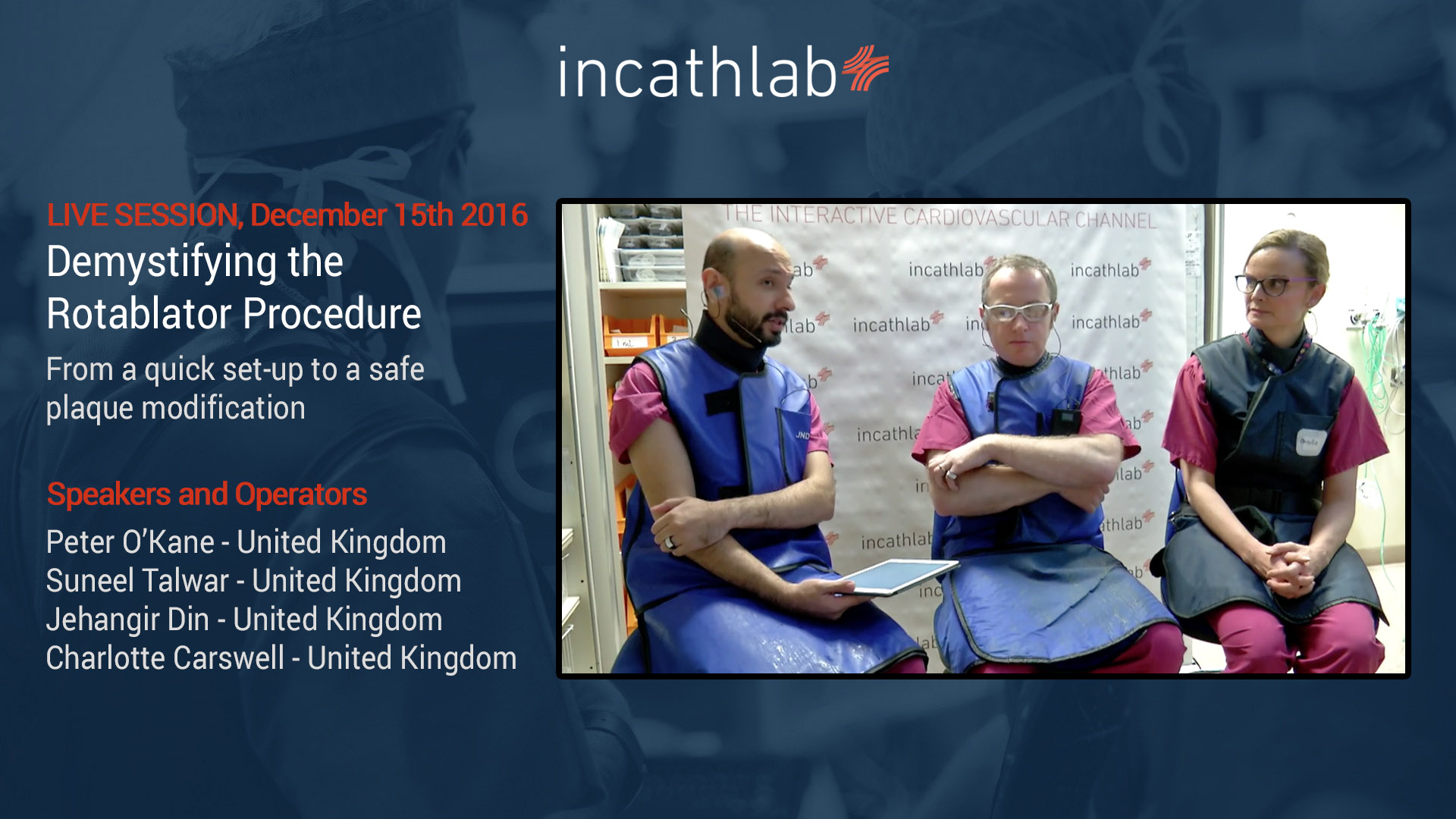
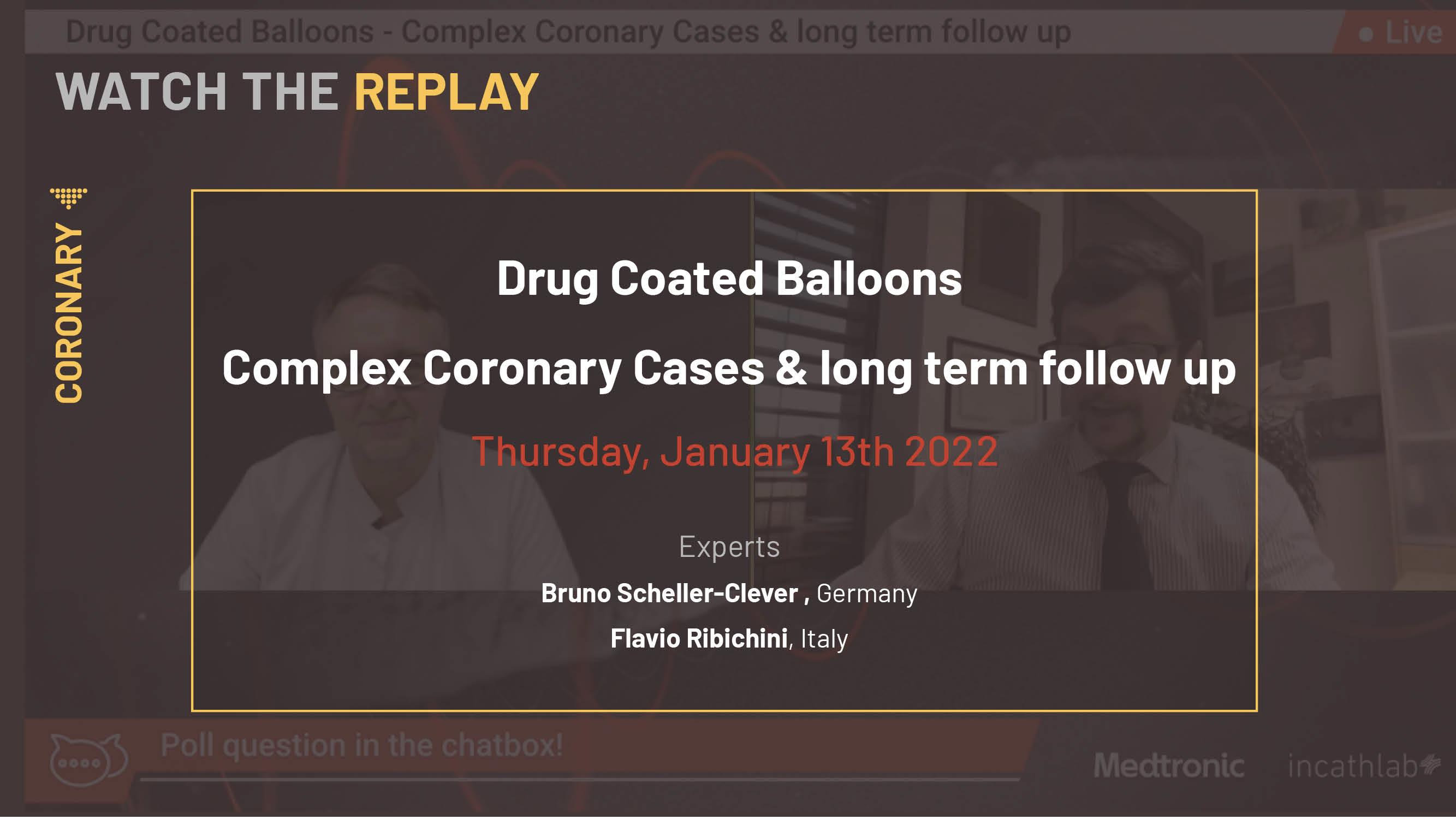
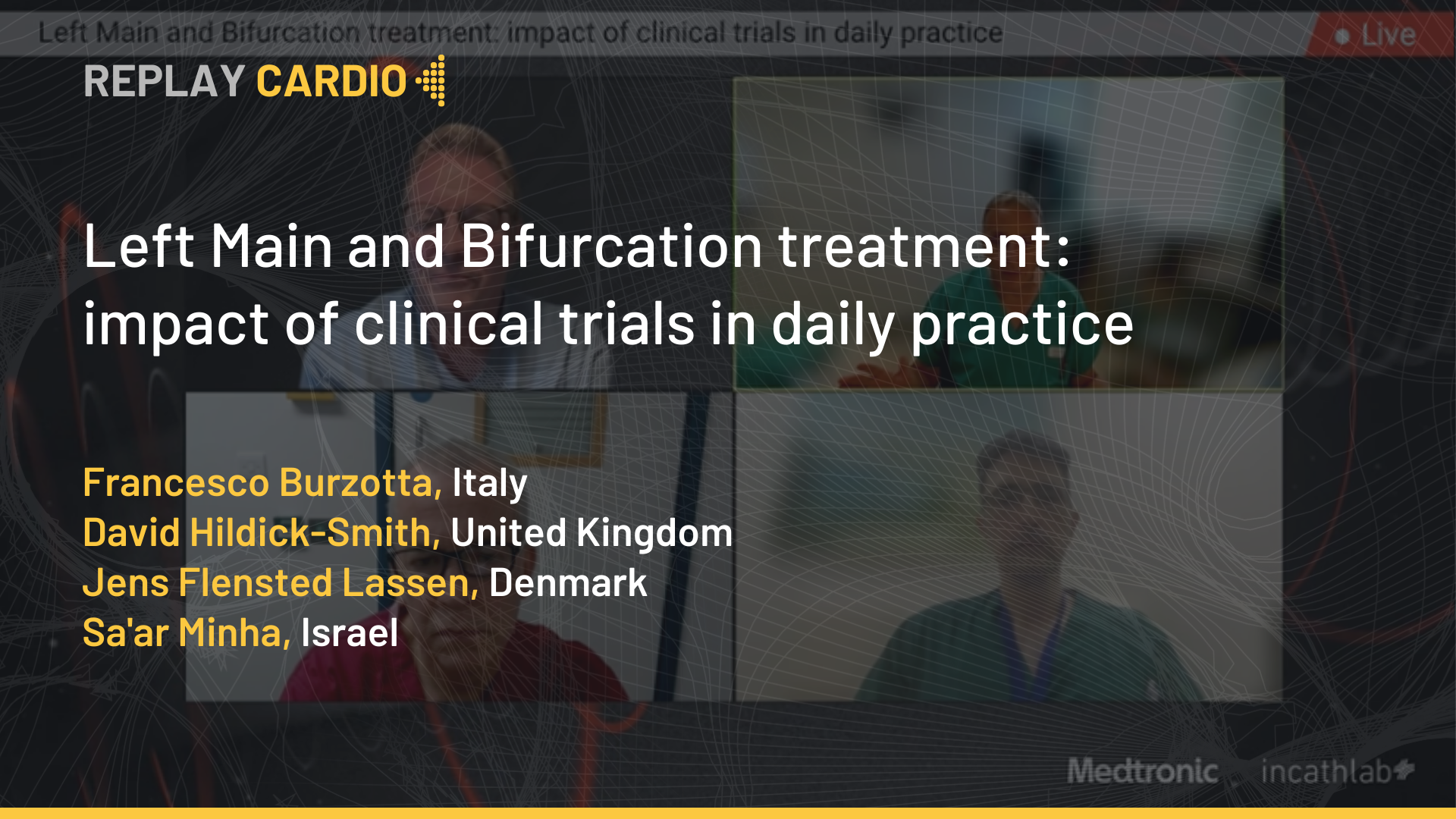
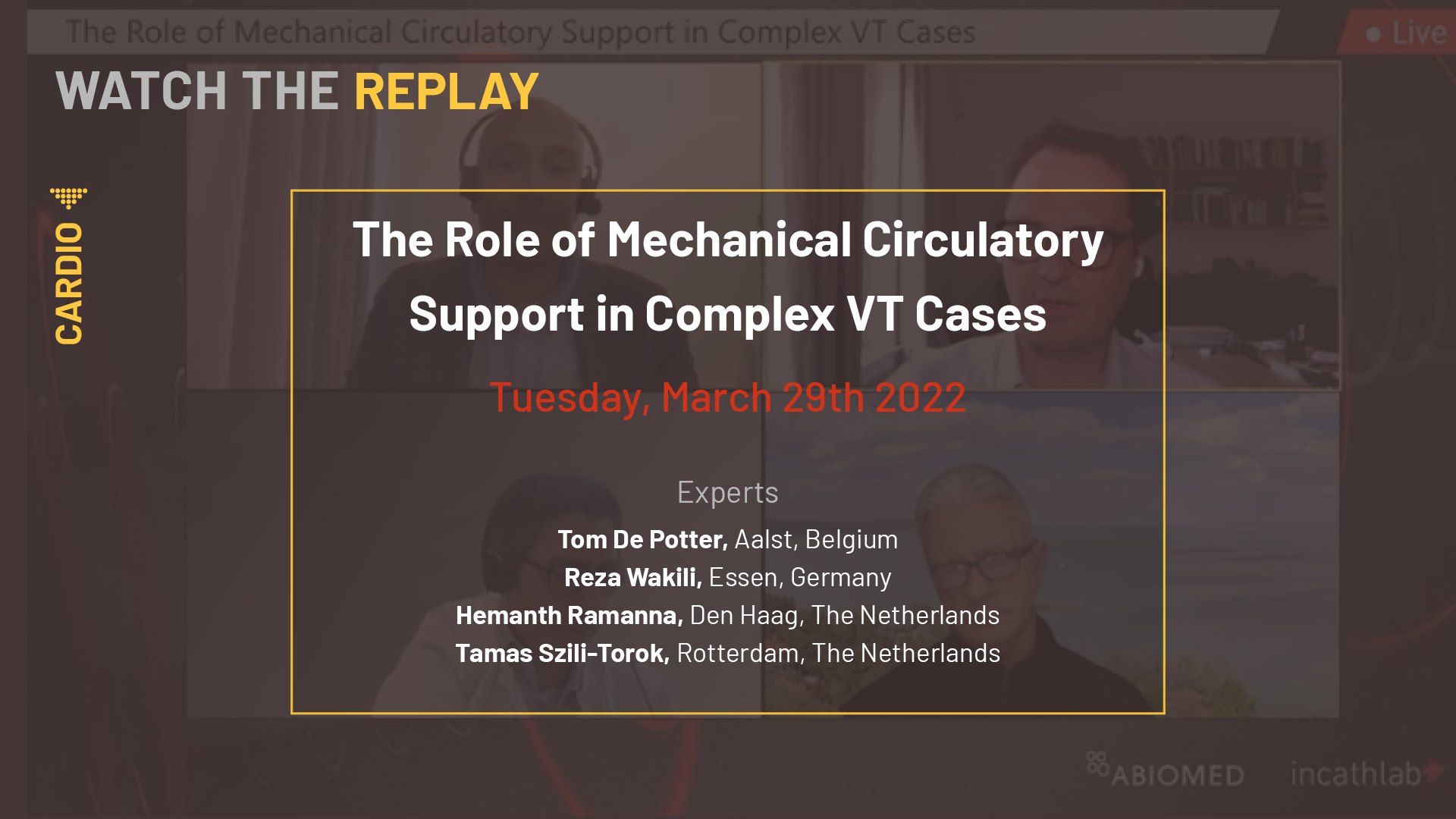
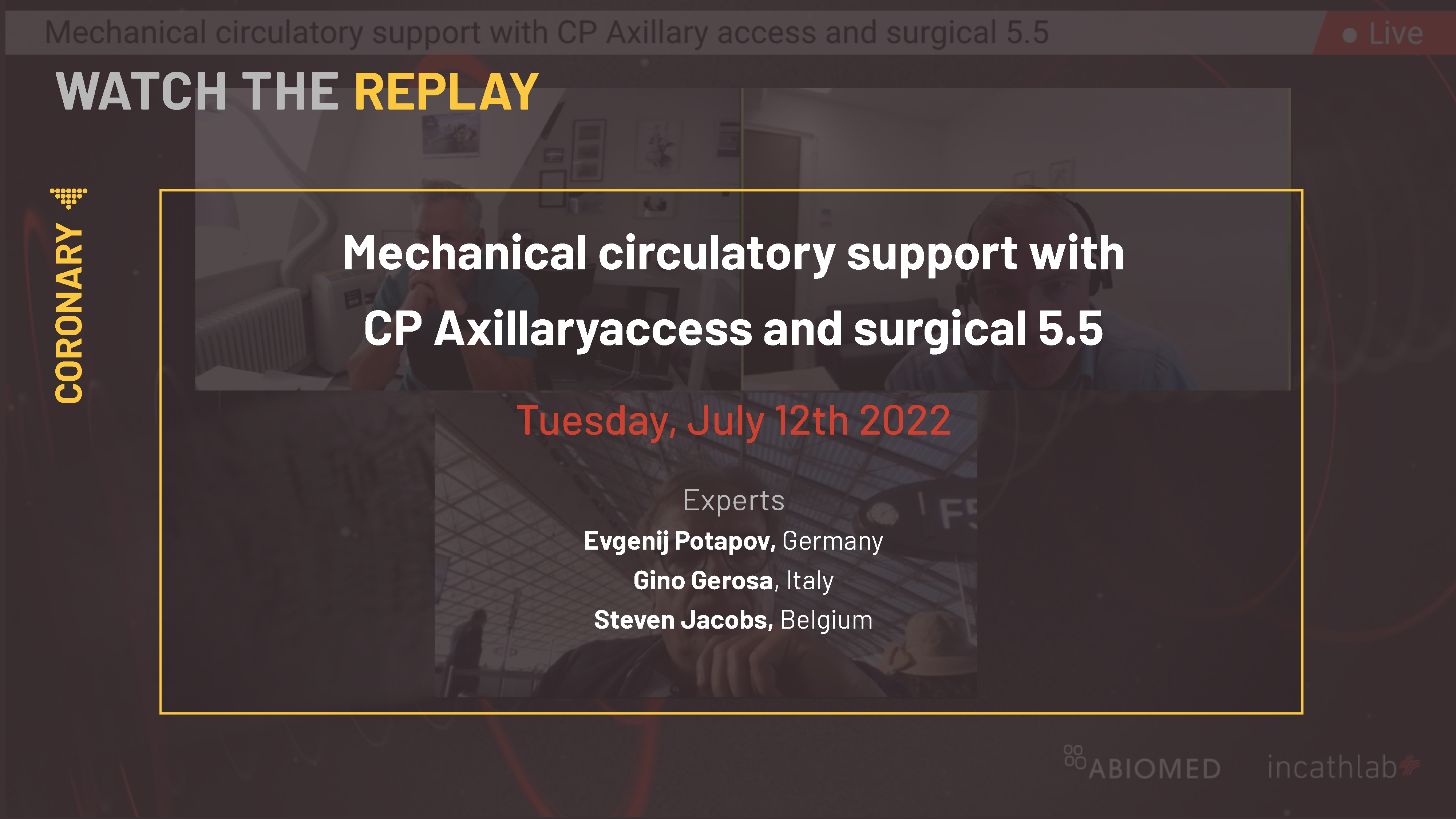
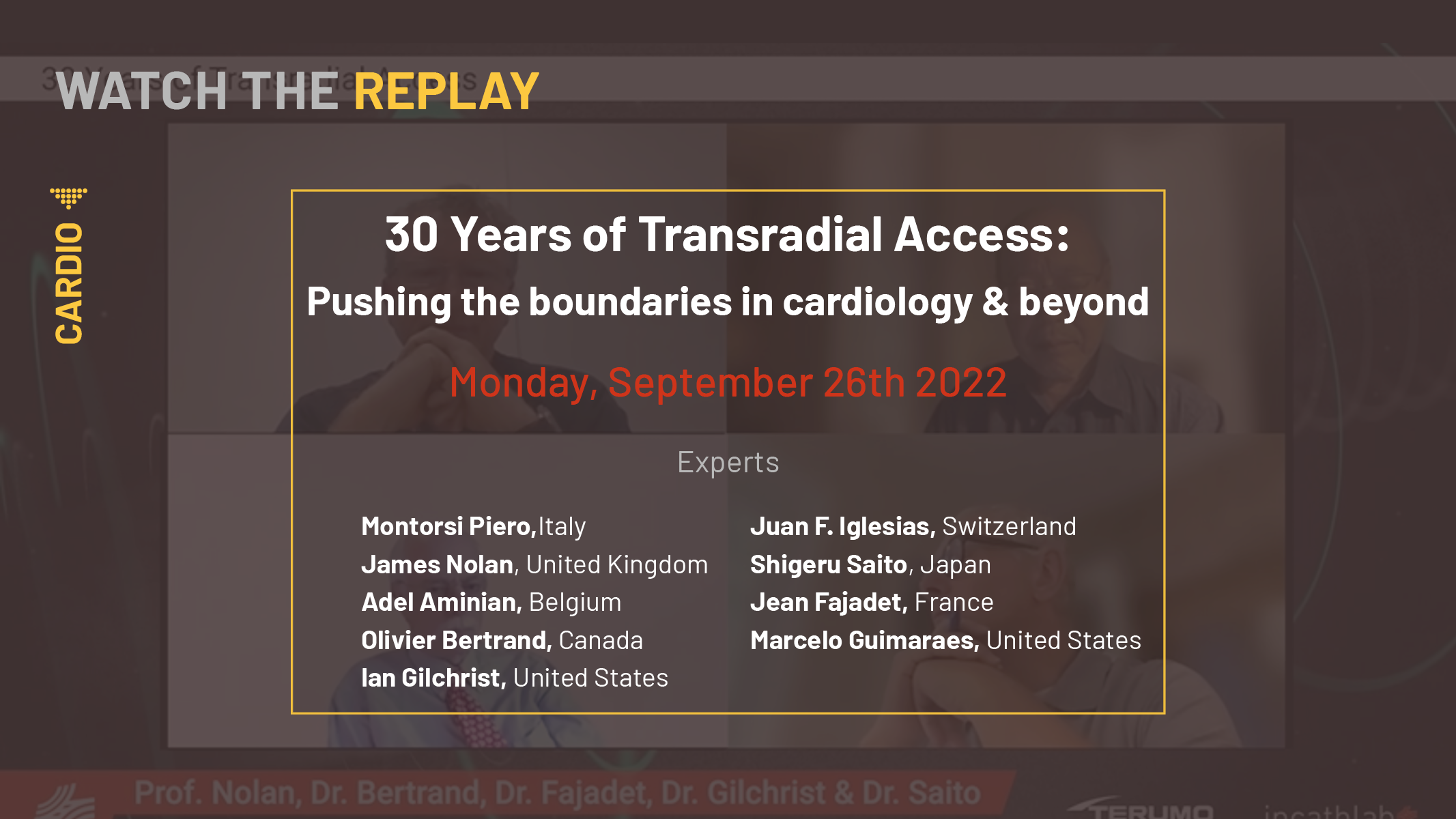
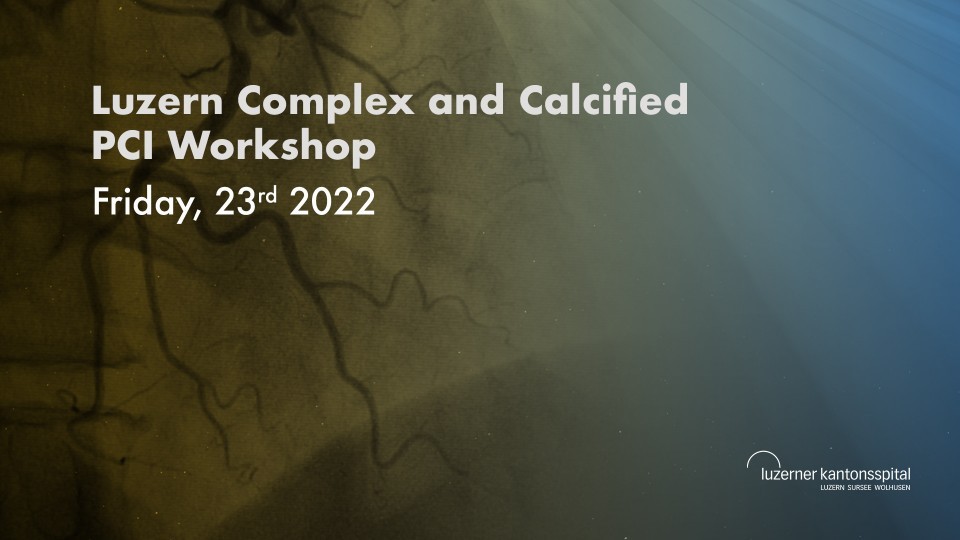


McDonald J. do you ever do the \"redwood\" single operator advancer technique or do you always do the burr advancement with 2 operators
Khalid A. Would you use Rotablator for long CTO given the higher risk of dissection ?
Khalid A. Would you use Rotablator for long CTO given the higher risk of dissection ?
Alison W. Can this be used to unblock a thrombosed iliac vein?
Ali A. Excellent case and demonstration. Thanks
Peter M. Excellent demonstration!!
sayyed shahrokh T. nice job
Antoun Y. thank you for the excellent case
Santos M. Going to a Rotablator course tomorrow and I used your video to prepare. Great demonstration on a terrible case upfront! Thank you.
Roberto R. Impressive case! Well done, excellent result. Congratulations to whole team.
Eugen C. Good demonstrations
Dr. S. V. Excellent demo
RAMESH N. excellent demo
Walter F. Great discussion!
Sanjay S. Nice demonstration